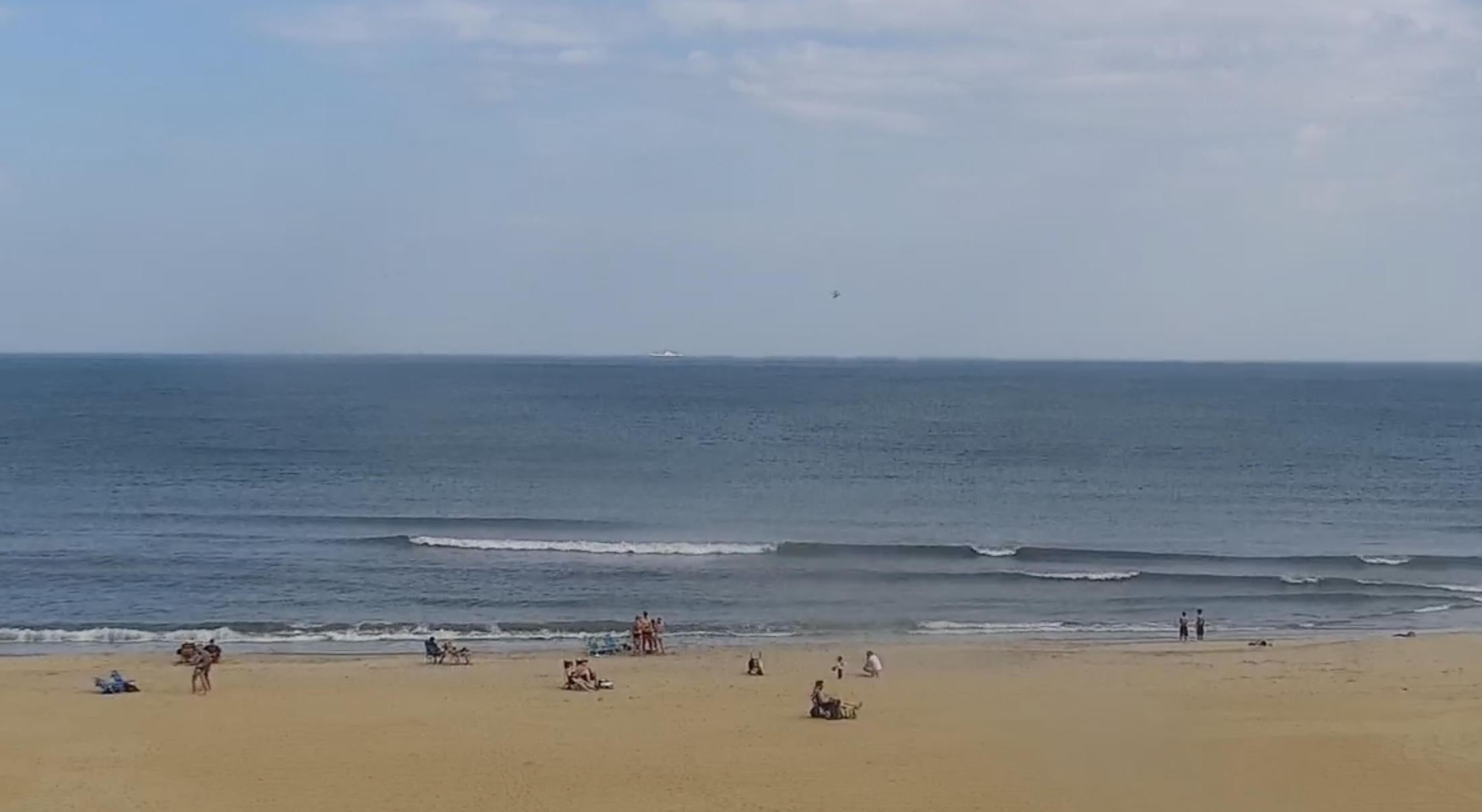Travelers to and from Ocracoke on Wednesday might have seen a contingent of black-shirted Transportation Security Administration people at the Hatteras and Ocracoke ferry docks.
The team of officers, mostly based in Raleigh, was here at the invitation of the N.C. Ferry Division to join in the annual security exercise at the ferry terminals, said Clint Stone, assistant federal security director for law enforcement in the eastern North Carolina region.
Included in the group, called Visible Intermodal Prevention and Response (VIPR) team, were federal air marshals, behavior detection officers and other explosives specialists.
These exercises are chiefly to detect unusual behavior and explosives, said Sari Koshetz, the public affairs manager who accompanied them.
For the exercise, the team walked along the line of waiting cars and greeted the occupants while Ralph Ackers, a transportation security inspector, walked his canine officer Gero, who sniffed around each vehicle.
“Gero is trained to detect ‘innumerable’ substances—any one of which could be part of an explosive,” Koshetz
Gero, who is nine years old, does not jump or bark when alerted.
“If Gero sits, that means he’s detected something,” she continued as Ackers and Gero walked around every vehicle. “Because you don’t want to disrupt an explosive. You want a passive response.”
The two behavior detection officers were there to observe peoples’ reactions.
“We know that there’s a lot of stress people have when traveling,” Koshetz said. “These officers are looking for stress levels that rise above that threshold and would be indicative of fear or deception.”
While many travelers see TSA personnel mostly at airports, TSA officers also are located in all places where there is public transportation—on land, air and sea.
“We’re in any type of transportation domain,” Stone said.
As of midday, all was well at the ferry terminals.
“Most of the public is glad to see us,” Stone said.
According to official information supplied by Stone, the program has been implemented at various transportation modes and facilities across the nation in the last few years.
This exercise was not planned as a response to any current threat or specific security concerns, but is intended to promote preparedness and cooperation between law enforcement agencies and first-responders.
For more information about the TSA, visit tsa.gov.
(This article is reprinted with permission from the Ocracoke Observer. For more news and features about Ocracoke, go to www.ocracokeobserver.com.)

















